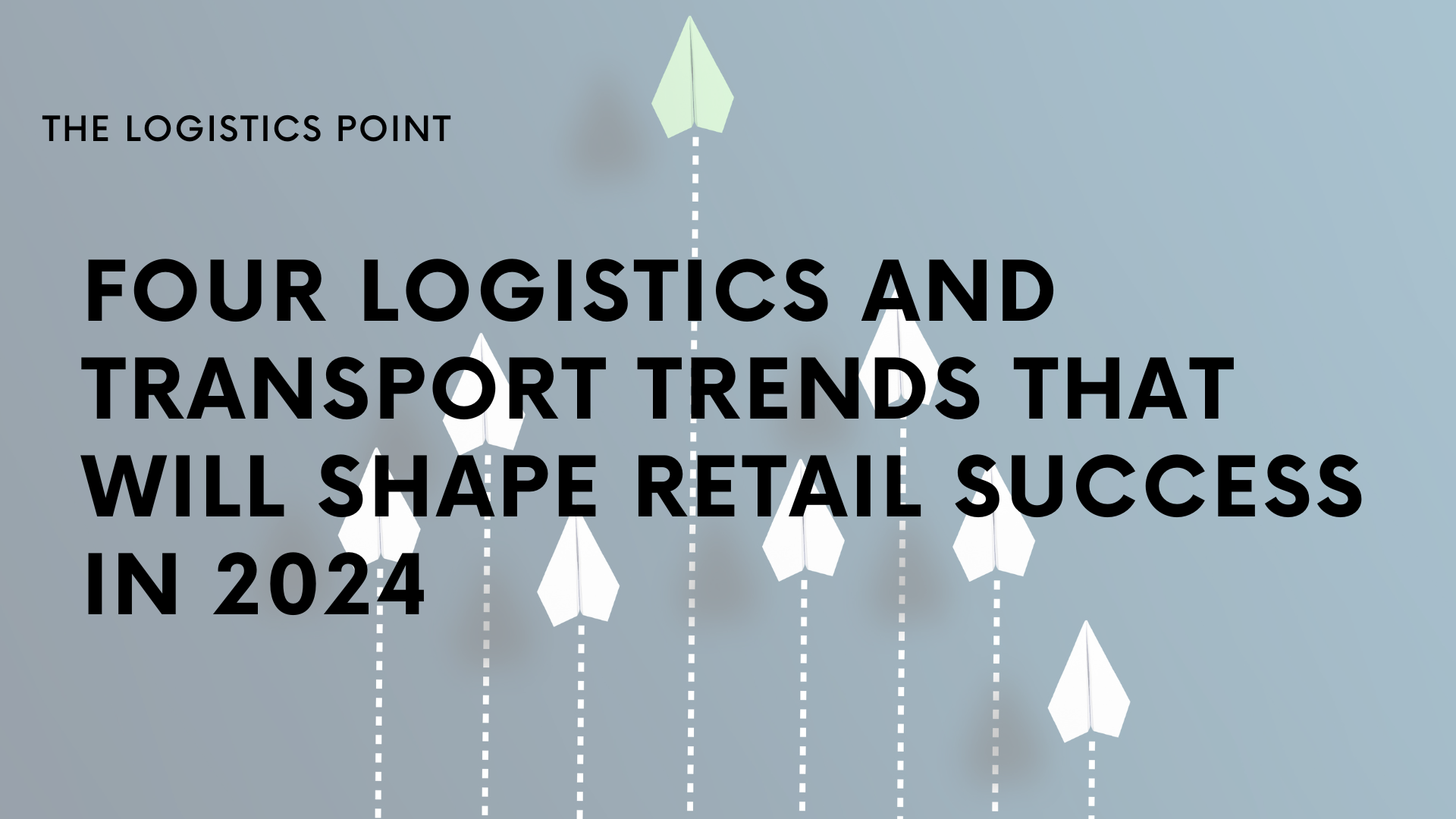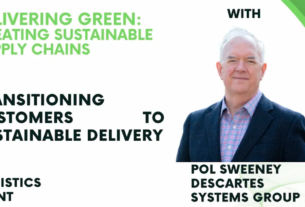Chris Jones – EVP, Descartes Systems Group
Learn more about what logistics organisations expect in 2024 and beyond in our January magazine here.
Exiting the pandemic, 2023 was a transitional period for retailers and their supply chain operations. For some organisations, the return to 2019 logistics levels was a welcome relief, while others saw the contraction as a challenge to revenue and profit margins. In 2024, with slow economic growth and operational costs rising, retailers must navigate a landscape where customers wield increased influence, requiring both more productive and innovative transport operations. Here are the four trends that will shape retailers’ logistics and transportation success in 2024.

Continuing labour shortage
Finding labour and the quality of the candidates will remain a challenge for retailers in 2024. There is a general lack of people available across all industries and workers will continue to move across industries to find the highest pay or most favourable working conditions. These factors continue to restrain logistics and transport managers from readily filling existing resource gaps or building the operation for growth. Retail logistics and transport operations will therefore need to prioritise retention strategies and leverage automation to ensure sustained efficiency.
Cost, Cost, Cost
Rising labour costs, fuel costs and capital costs will continue to be a significant concern for retailers in 2024, compelling logistics and transport leaders to prioritise cost reduction efforts. In retail enterprises where there are low expectations of revenue growth to offset cost increases, there will be great pressure for large-scale cost cutting. Traditional operating models and policies that impact logistics and transport costs within the retail sector will be challenged as the C-suite fights to maintain profit margins. Therefore, logistics and transport leaders need to get very creative in 2024 and turn to strategic modelling tools to identify changes in the supply chain network, sourcing strategies, transport modes used, and service policies that deliver the biggest cost reduction opportunities.
It’s customer experience, not customer service
The definition of customer success has evolved for retail businesses, shifting from mere customer service to a holistic customer experience. Retail logistics and transport operations will no longer get credit for making a delivery in a wide time window with no visibility to delivery time. In 2024, consumers expect their overall experience to be defined by greater delivery precision and reliability and real-time access to the status of the delivery to improve their own productivity or manage deviations. What started as a trend in B2C is now a performance expectation and impacts the customer experience from delivery appointment booking to post-delivery customer engagement processes and returns.
Retailers’ logistics and transport leaders need to ensure that their delivery processes and systems can accurately and cost-effectively book tighter time windows, help keep drivers on track to meet their delivery promises and electronically engage the customer throughout the delivery lifecycle. Leaders using third parties should expect the same capabilities and ability to integrate booking and tracking data with internal customer facing systems.
New business models
As a result of the pressure to reduce costs and meet greater customer expectations, retailers should focus on exploiting new logistics-based business operating models and electronic customer engagement. Industries such as distribution are moving from fixed delivery cycles for the “B” and “C” customers to hybrid routes that combine fixed deliveries for their “A” customers with dynamic deliveries for the B’s and C’s. The result is much more cost-efficient delivery operations and more agile and responsive service for customers – a model that could readily be replicated across retail.
Eco-friendly delivery options will also impact retailer logistics and transport operations. Again, using a combination of new delivery models such as grouping orders for a single weekly delivery or using technology to identify the most sustainable delivery options in the buying process will not only give customers the ecological delivery options they will increasingly want in 2024, but reduce delivery costs. Delivery strategies are rapidly advancing, and retail logistics and transport leaders need to look outwardly and beyond their own industry to the success others are having in deploying new delivery models. Equally important will be the ‘thought leadership’ that these leaders bring to the C-suite and customer owners to get their support for these new business models.
Retail logistics and transport leaders must view the key trends of 2024 as a pivotal opportunity to revolutionise their operations and elevate their strategic importance to the overall retail business. As the pressure mounts for better financial performance and delivering superior customer experience, the role of logistics and transport operations in retail becomes more important. The ability of leaders to bring new strategies, thinking and operating models to the retail business will be the difference between a challenging 2024 and a highly successful one.
*Sponsored Content



